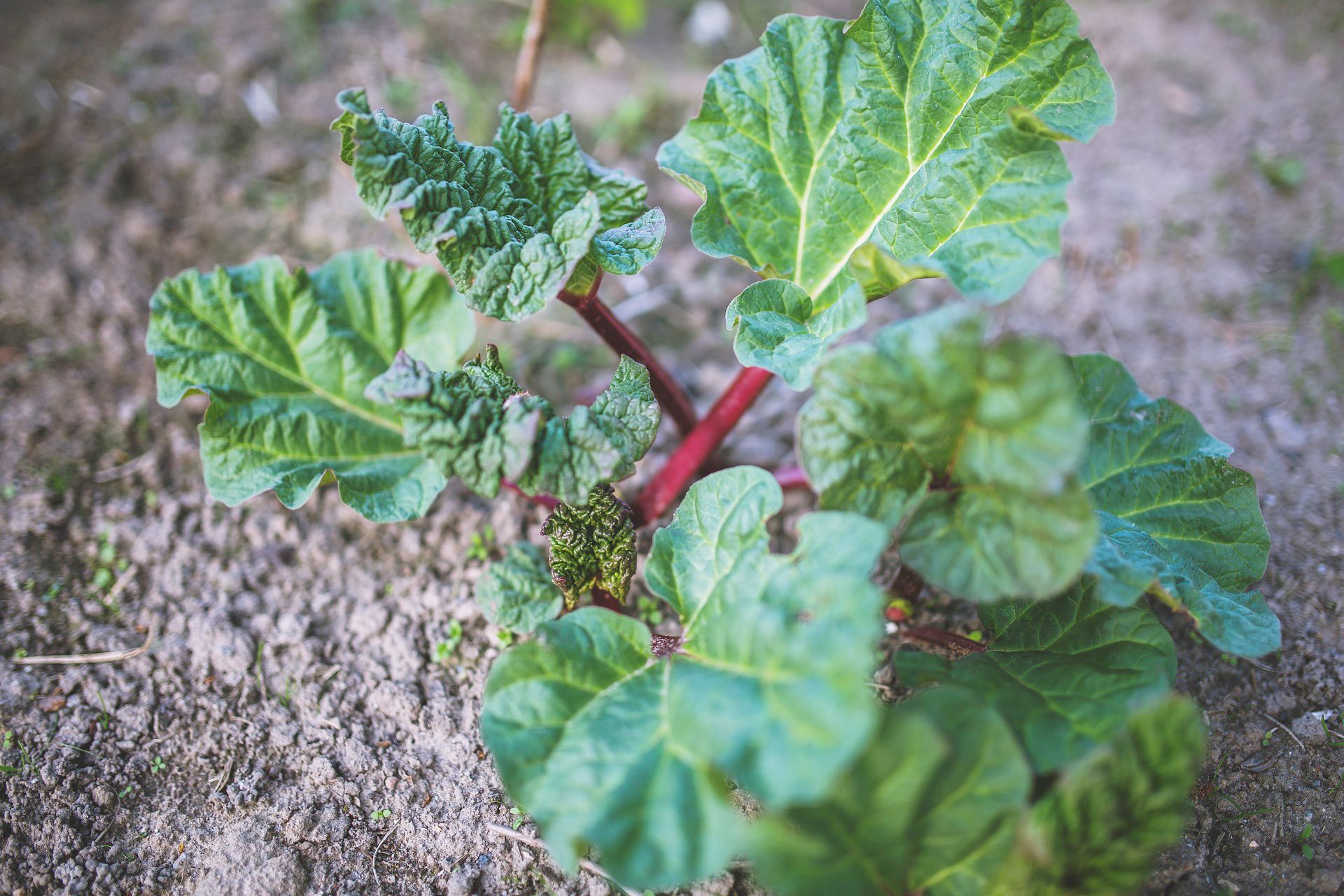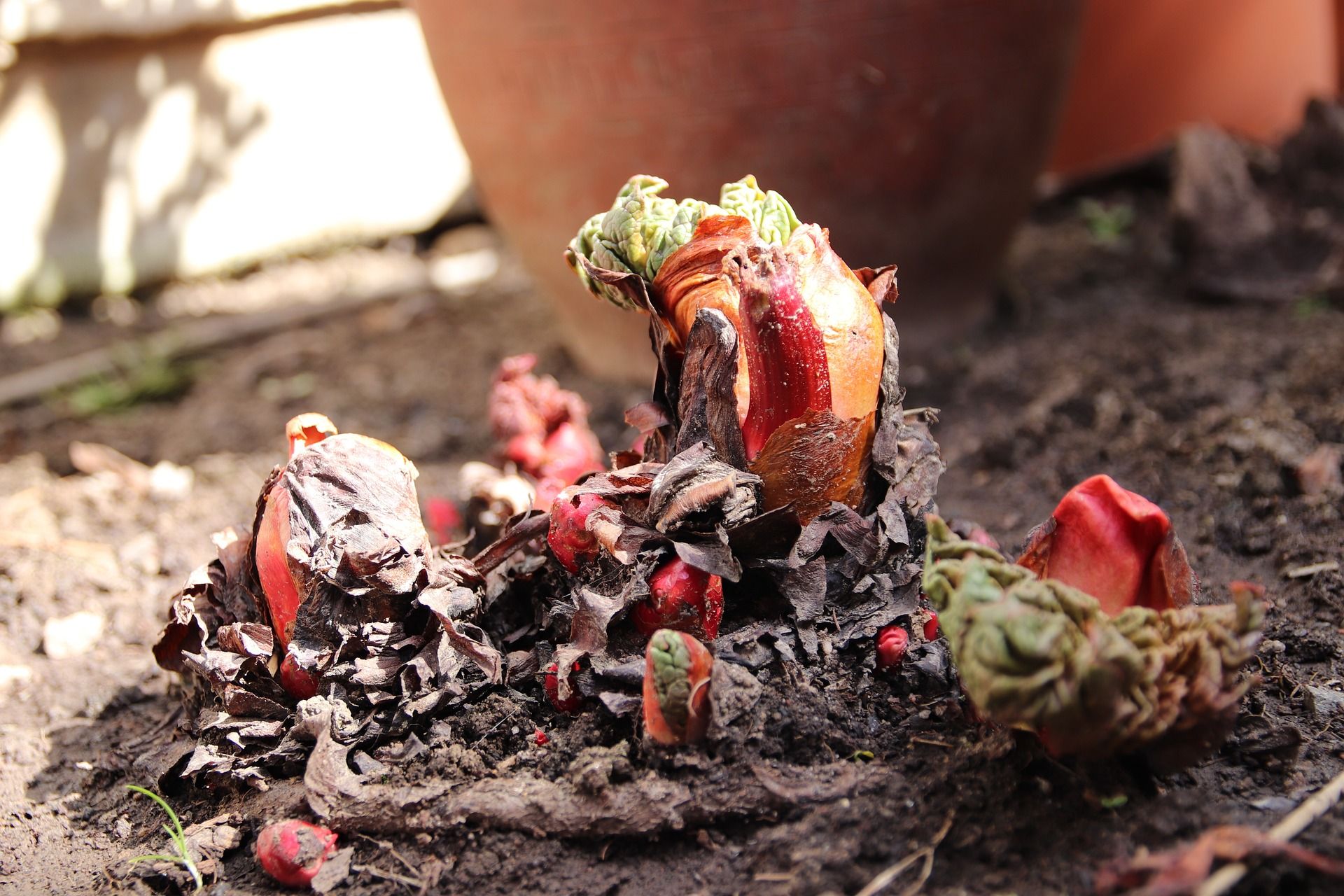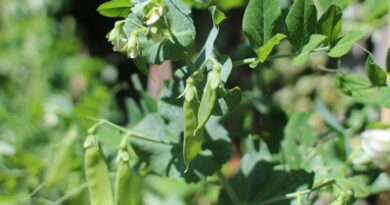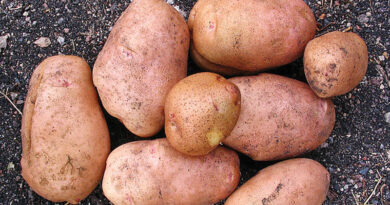10 Neat Things About Rhubarb
1. The bitter truth, and neat thing, about rhubarb.
Rhubarb lovers may lament it and disagree, but the truth is that rhubarb is not a fruit. Rhubarb is a vegetable – this, in spite of a 1947 ruling by a U.S. court that declared it a fruit in a dispute of import duties.
2. Speaking of bitter ...
Rhubarb contains oxalic acid, which accounts for its bitterness. Oxalic acid is poison in the right quantities. Rhubarb leaves are considered very toxic, but you would have to eat 5 kg of the stuff to kill a 140-pound person. Oxalic acid will also scour an aluminum pot to shiny perfection meaning that oxalic acid has dissolved aluminum into the rhubarb – don’t eat it. An iron pot will turn the rhubarb into malevolent black for the same reason. Rhubarb also contains glycosides that are very effective laxatives. Used to good effect by the Chinese for at least 2,700 years, rhubarb was transported to Europe overland through Russia where it gained the name Russian rhubarb and by way of the Middles East where it was touted as Turkish rhubarb. It was the same bitter story no matter where it came from.
3. Rhubarb into gold.
Back when rhubarb first made its appearance in Europe it was more expensive that cinnamon, saffron or opium! (I don’t get it! It’s so bitten and sour . . . Rhubarb does make a nice ornamental plant, though.)
4. Rhubarb on Mennonite Sex.
Oops! That’s the magazine, published in Manitoba, not the plant. That special tell-all issue of Rhubarb came out March 23, 2013. I bet there was lots of bitterness about that!

5. Rhubarb just wants to grow.
Rhubarb is a highly resilient plant that thrives in a cool climate. In early spring, plant root cuttings about three to five inches under some rich, highly organic soil and water well. Harvest up to half the stalks in the second year. When the plant begins to put out smaller leaves or the stalks get woody (in about four or five years), divide by cutting away the outside roots with a sharp spade. You can replant the cuttings to propagate the plant or compost them. Yes, you can compost rhubarb leaves. To harvest, pull the stalks, don’t cut them — cutting can cause rot.
6. Good-for-something plant.
Native Indians used to chew a stalk of rhubarb to cure acid reflux. However, this was not your Grandma’s rhubarb (Rheum palmatum or Rheum officianale), but rather wild “rhubarb” native to the North American continent. There is much discussion over what genus this plant really was, proving the danger of using common names to describe plants. Some say rhubarb can relieve menopausal symptoms and cure gum disease.
7. Red or green, which is sweeter?
The colour of the rhubarb stalk has nothing to do with its sweetness, which is brought out by cooking. However, according to people who actually eat the stuff, ‘Canada Red’ is a superior plant. If you prefer green stalks or just want variety, try ‘Victoria’.

8. Bug spray.
Use rhubarb leaves to kill aphids. Boil three to five rhubarb leaves in one litre of water for 30 minutes. Add a dash of dish soap or vegetable oil for sticking power and spray away.
9. Nothing but the good stuff.
All sarcasm aside, rhubarb is high in some key nutrients, including calcium and potassium. Eighty-five grams (2/3 cup) of rhubarb contains 20 calories, four grams of carbohydrates, 2 grams of fibre, 1 gram of sugar and 1 gram of protein. It can supply 10% of your daily vitamin C and is a good source of vitamin K to help blood clotting.
10. Save the world.
According to rhubarb fans, the leaves of this plant could save the world. Apparently, oxalic acid from rhubarb leaves has the power to neutralize CFCs (the stuff in freon used as a coolant in refrigerators). CFCs are said to be eating away at the ozone.





